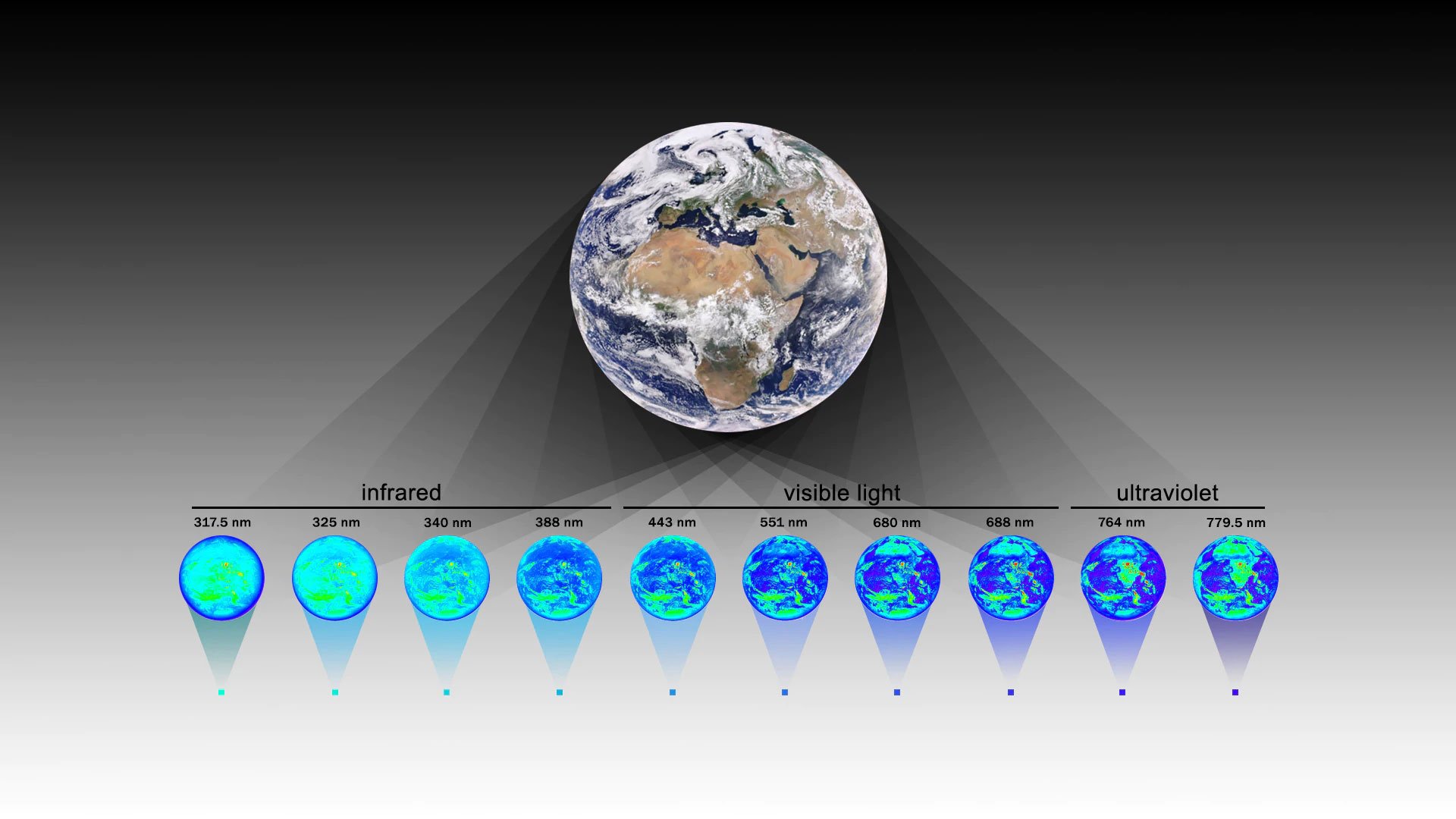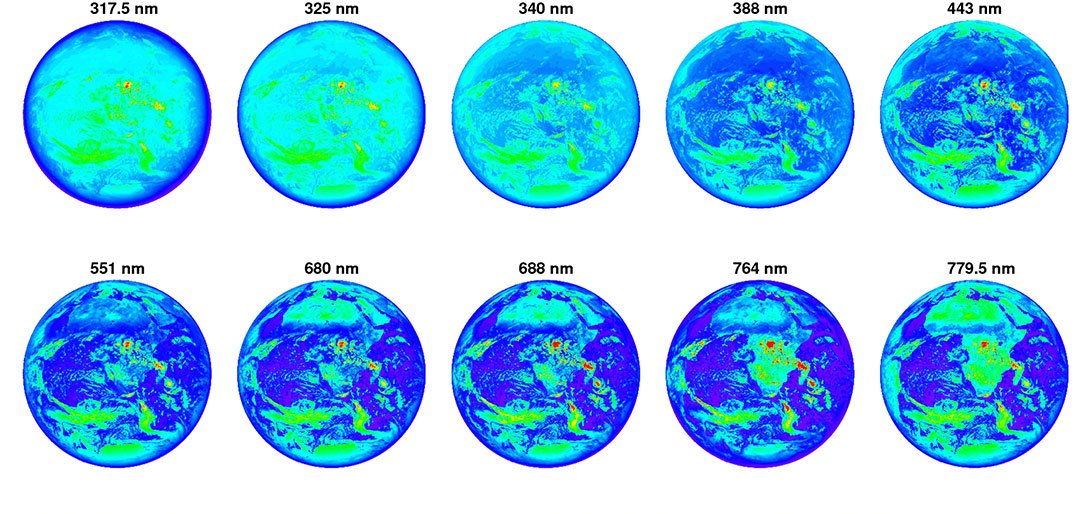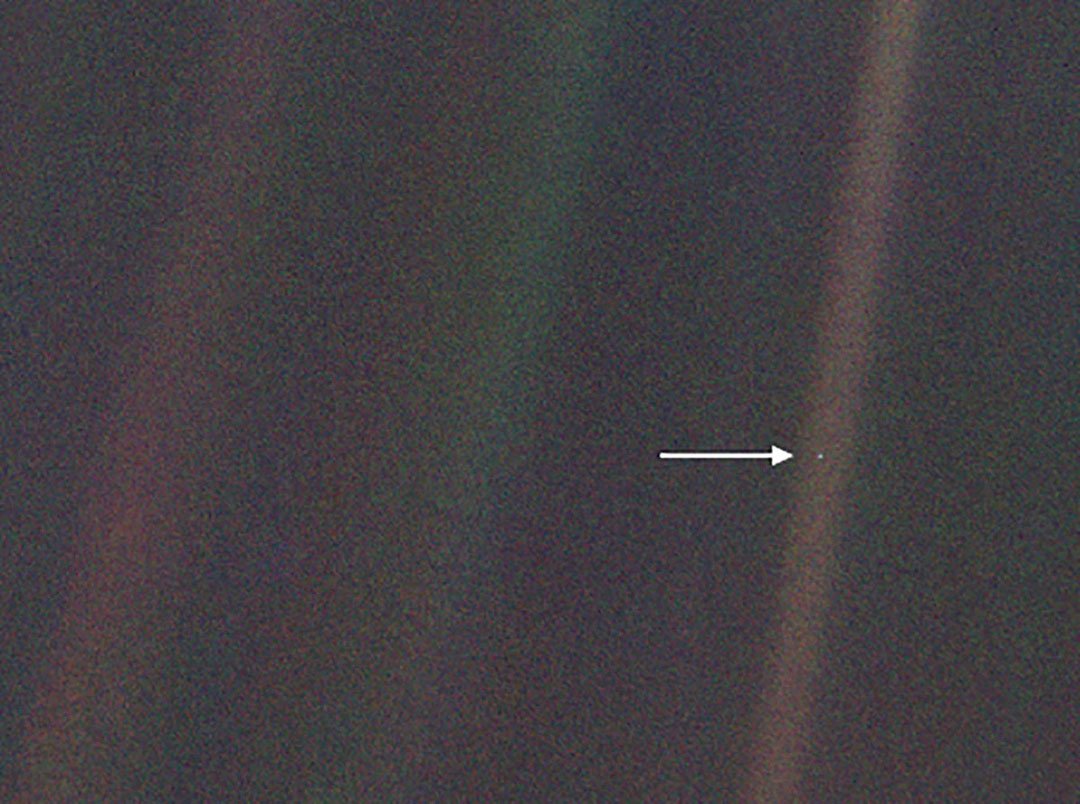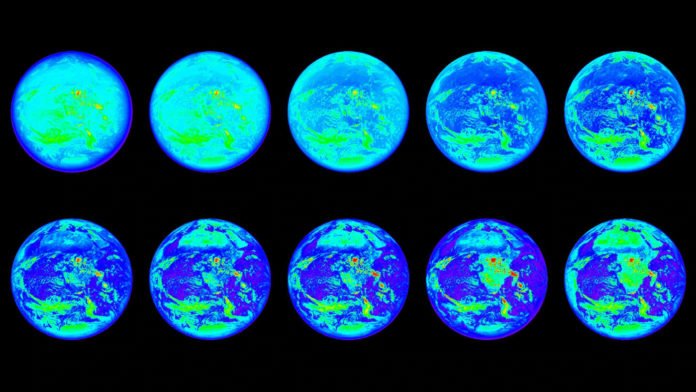To study exoplanets, scientists are trying their best to provide answers to big questions about our place in the universe and whether life exists beyond Earth. In a new study using NASA’s Earth Polychromatic Imaging Camera (EPIC) and Atmospheric Administration’s Deep Space Climate Observatory, or DSCOVR, satellite, NASA scientists show that even with very little light — as little as one pixel — it is still possible to measure key characteristics of distant worlds.
The DSCOVR circumvents the Sun at Lagrange point 1, an orbit that provides EPIC with a consistent perspective of our home planet’s sunlit surface. EPIC has been watching Earth ceaselessly since June 2015, creating nuanced maps of the planet’s surface in many wavelengths and adding to investigations of atmosphere and climate.
The EPIC instrument captured reflected light from Earth in 10 distinct wavelengths or colors. In this way, each time EPIC “takes pictures” of Earth, it really captures ten pictures. The new examination midpoints each picture into a single brightness esteem, or what might as well be called one “single-pixel” picture for every wavelength. A single, one-pixel preview of the planet would give almost no data about the surface.
Yet, in the new investigation, the creators dissected an informational collection containing single-pixel pictures taken various times daily, in 10 wavelengths, over a broadened period. However, the way that the planet had been decreased to a single point of light, the scientists could distinguish water clouds in the environment and measure the planet’s pivot rate (the length of its day).
According to scientists, the study exhibits that similar data could be obtained from single-pixel perceptions of exoplanets.

Jonathan Jiang, an atmospheric and climate scientist at NASA’s Jet Propulsion Laboratory in Pasadena, California, and lead author on the new study, said, “The benefit of using Earth as a proxy for an exoplanet is that we can verify our conclusions derived from the single-pixel data with the wealth of data that we actually have for Earth — we can’t do that if we’re using data from a distant, actual exoplanet.”

While explaining to Jiang daughter and her friends, in elementary school, he organized a star-observing event. Pointing towards the stars, he explained sun is also a star and that there are planets orbiting other stars just as planets orbit the Sun.
Jiang said, “Kids ask a lot of good questions. One of them including how scientists could possibly learn about those distant worlds from such tiny points of light in the sky. And that question stuck in my mind — if I can see an exoplanet as only a tiny point of light, can I see clouds and oceans and land?”
During the study, scientists also used climate data to assist in the study of exoplanets.
Jiang said, “The new study shows that by observing a planet with distinct features over time — such as oceans and continents — it is possible to measure the planet’s rotation rate by observing a repeating pattern in the reflected light. This pattern would arise from those planetary features moving into view with a regular cadence. For example, every 24 hours, Australia and the Pacific Ocean fills EPIC’s field of view, and about 12 hours later South America and the Atlantic fill the frame, with Africa and the Indian Ocean passing by in between. This pattern of changing light would repeat day after day. In the new paper, the authors show that they can detect this repeating cycle and thus determine the rotation rate, or the length of the planet’s day. The rotation rate of a planet can reveal information about how and when the planet formed and is a particularly difficult property to measure with current methods.”

Renyu Hu, an exoplanet scientist at JPL and a co-author on the new study, said, “People have been talking for some time about using this approach to measure the rotation rate of exoplanets, but there’s been no demonstration that it could work because we didn’t have any real data. We’ve shown that in every wavelength, the 24-hour period appears, which means this approach to measuring planet rotation is robust.”
